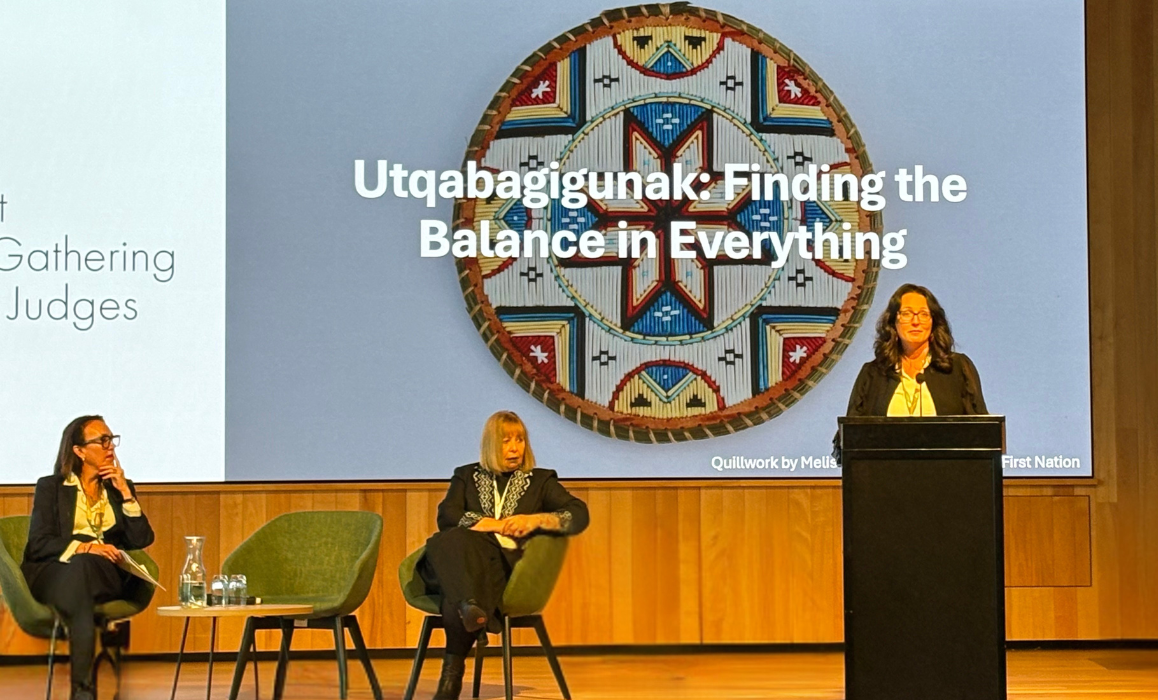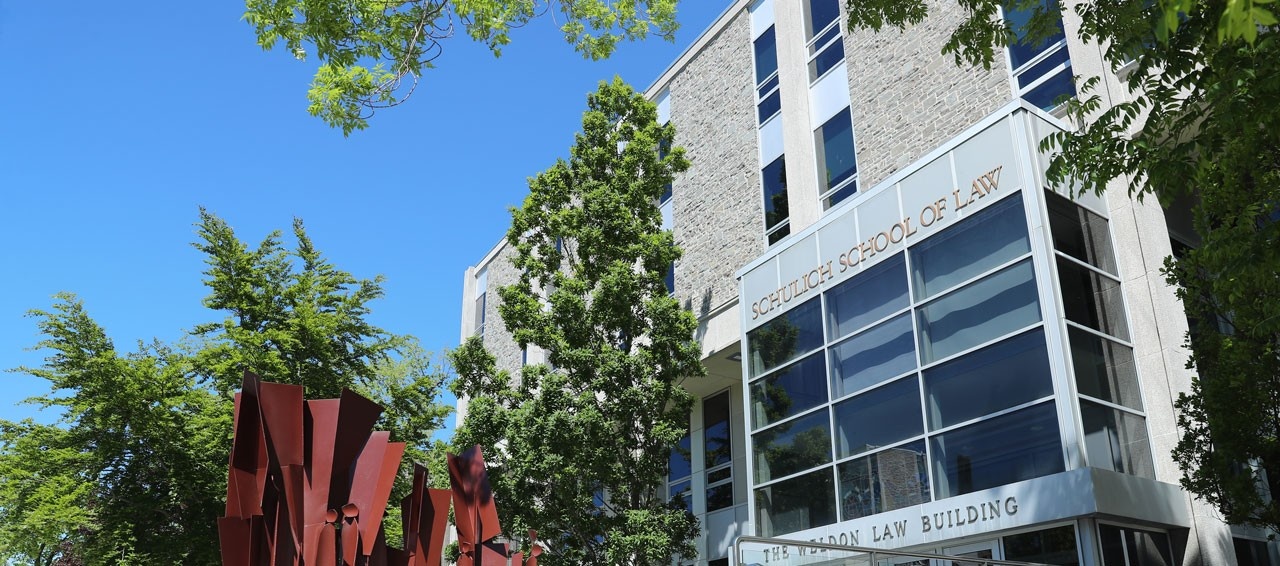News
» Go to news mainBuilding Global Connections with Indigenous Legal Leaders

Naiomi Metallic, Schulich School of Law associate professor and Chancellorâs Chair in Aboriginal Law and Policy, participated in the First International Gathering Indigenous Judges in Hamilton, New Zealand, from October 24â26, 2025.
Metallic describes her time as âa truly unforgettable, once-in-a-lifetime experience.â The landmark gathering brought together Indigenous judges, scholars, and legal practitioners from around the world to foster dialogue on shared challenges, experiences, and pathways for advancing Indigenous law. The conference was co-convened by Justice Joseph Williams, the first person of MÄori descent appointed to the New Zealand Supreme Court, and the Honourable Justice Michelle OâBonsawin, the first Indigenous Canadian appointed to the Supreme Court of Canada.
Metallic was invited to be a keynote speaker on the panel titled "Indigenous Constitutionalism: Finding the Constitutional in Everything," chaired by New Zealand Chief Judge Caren Fox, and featuring panelists Professor Megan Davis from University of New South Wales, Australia, and Dr. Claire Charters from the University of Auckland, New Zealand. "The discussion explored what we mean by Indigenous constitutionalism in our work as Indigenous professors, lawyers and judges as the fundamental values and principle of Indigenous Peoples, but also how this concept relates to state constitutionalism," she explains.
 Metallic presenting at the session "Indigenous Constitutionalism: Finding the Constitutional in Everything."
Metallic presenting at the session "Indigenous Constitutionalism: Finding the Constitutional in Everything."
She says the most meaningful part of her experience was connecting with Indigenous academics, judges, and lawyers from other countries. âWe were able to compare experiences from our own justice systems through the lens of our cultures and lived realities," says Metallic. "Iâm looking forward to building on these relationships and learning how we can support one another in the future."
Designed as a biennial event, the conference aims to build long-term relationships among Indigenous members of the judiciary while encouraging conversations that extend beyond courtroom walls. Canada is set to host the next conference in 2027.
The trip marked Metallicâs first visit to New Zealand. In addition to conference sessions, she toured the New Zealand Supreme Court; visited the Turangawaewae Marae, the official residence of the MÄori monarch and headquarters of the KÄ«ngitanga movement; and explored Rangiriri PÄ, one of the countryâs most significant MÄori earthwork fortifications and historic battle sites.

Rangiriri PÄ
Ìę
She was particularly moved by the strength and visibility of MÄori culture. âThe language, cultural and ceremonial practices are interwoven into mainstream life, and it is worth noting that much of this revitalization has happened within the last 30 years,â she shares. âSeeing what has been accomplished in New Zealand shows what is possible elsewhere, including in Canada.â
She also had the opportunity to visit and learn from judges and staff of the Waitangi Tribunal on her trip, prompting reflections on what lessons might be applied in this country as well. Its treaty-based commission of inquiry process provides a living example of a permanent, stable, culturally-appropriate accountability mechanism to mediate both historic and contemporary challenges to the Indigenous-state relationship and seek real reconciliation.
After the conference concluded, Metallic was invited to join a delegation of Indigenous judges and legal scholars from Canada, the United States, and Samoa for a three-day, three-city travelling speaker series. As part of the Indigenous Jurists and Academics Tour, they delivered talks at Victoria University Law School in Wellington, the University of Otago in Dunedin, and the Auckland University of Technology, sharing their insights on the complex intersections of Indigenous and state law.
Ìę
Recent News
- Building Global Connections with Indigenous Legal Leaders
- Writing Their Next Chapters â 2025 Schulich Law Retirements
- Associate Professor Jamie Baxter ft in "Federal investigation probes grocery store competition in Halifax"
- Introducing the 2025 Bertha Wilson Honour Society Inductees
- 2025 Hearsay Cover Story: From IP to AI
- Professor Rob Currie ft in "Lawyers are the black hole of money laundering. Why is Canada turning a blind eye?"
- Assistant Professor Suzie Dunn ft in "On the phoneâin: Experts Suzie Dunn and Maryanne Fisher discuss the dangers of romance scams"
- Associate Professor Jamie Baxter ft in "Halifax has removed the final hurdle to development in some areas â and neighbours are fighting back"
